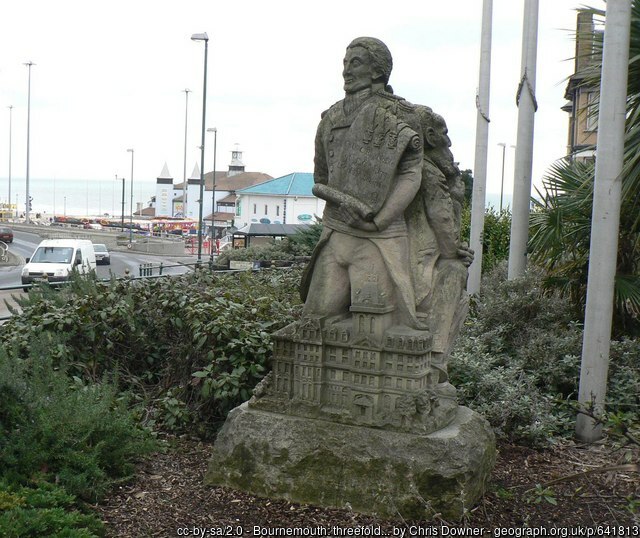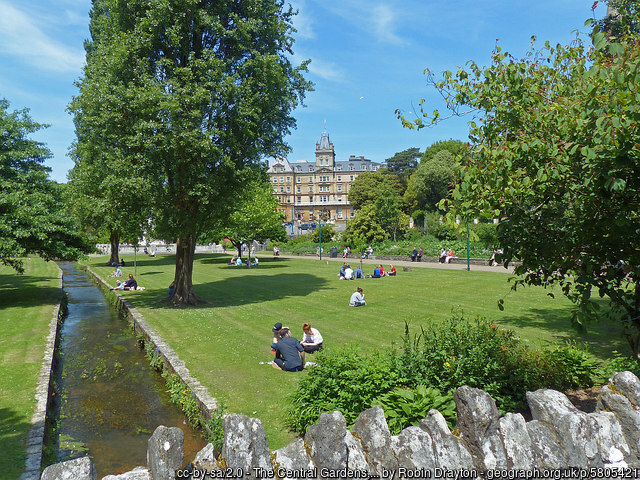History of Bournemouth
A settlement of any kind did not exist at the mouth of the pretty Bourne River 200 years ago. The area was coastal, marsh and heathland frequented by swirling, calling sea birds. Known to fisherman and the odd turf cutter it was an isolated expanse. That very isolation was attractive to smugglers in the 1500's - and later, as they got their contraband ashore away from the eyes of the coast guards.
Decoy Pond House was where the Square is now and gives clues to the type of hunting that went on during the Tudor period and beyond. Decoy Ponds were popular in Dorset. These rectangular shallow ponds were created with curving ditches leading from them. Wildflowl were lured to the pond and netted in the ditches. Where they can be recognised Decoy ponds are field monuments but nothing is left of this one because of the development of the area.
Enclosure Acts changed the character of the local land and private holdings appeared. Three men can be said to have created the town as we know it today. Its first residents in 1812, Lewis Tregonwell and his wife, Sir George William Tapps-Gervis whose father originally sold land to Lewis Tregonwell and Augustus Granville who was a physician and author of a book called “The Spas of England”

Statue of Lewis Tregonwell
Photograph © Chris Downer
Lewis Tregonwell's military service had seen him as an officer in the region defending the coast against Napoleon. He and his wife loved the area and the summer home he built still exists as part of a hotel. Tregonwell was a man of his times and saw the possibilities of the area – it could be another resort like others on the coast. He built villas to let out for holidays. With Sir George William Tapps-Gervis he planted pine trees – sea bathing and pine trees were seen at the time as health reviving elements. Tregonwell died at the age of 74 and by that time the town was a small settlement. He is known as the founder of Bournemouth.
Sir George William Tapps-Gervis inherited his father's estate and the town begain to expand. His vision built on that of Lewis Tregonwell and he commissioned an architect, Benjamin Ferrey to build him a resort like others on the coast. In 1837 his vision began.
It was Dr Augustus Granville who made the town popular. He recommended Bournemouth in the second edition of his book "The Spas of England". The visitors came.
Gardens were laid out – The Pleasure Gardens and the Winter Gardens. The former were firstly privately owned. The latter were laid out in 1875. The famous pier followed in 1880. The railway made the resort accessible to all and increased both the residential and the tourist population. During the 20th century the town became a popular holiday resort for the Midland industrial areas and for London.
Originally the area was in the county of Hampshire but with the changes of county boundaries it went to Dorset . These days it is a unitary authority and not answerable to Dorset although geographically part of the county. It has the county's largest population.

Other pages that may be of interest
Bournemouth International Airport

Return from Bournemouth to Home
Or you might prefer to browse some more, please do. You will find navigation buttons above and on the left.
Enjoy


The Central Gardens, Bournemouth with the Bourne flowing through on the left and looking towards the Town Hall.
Photograph © Robin Drayton



